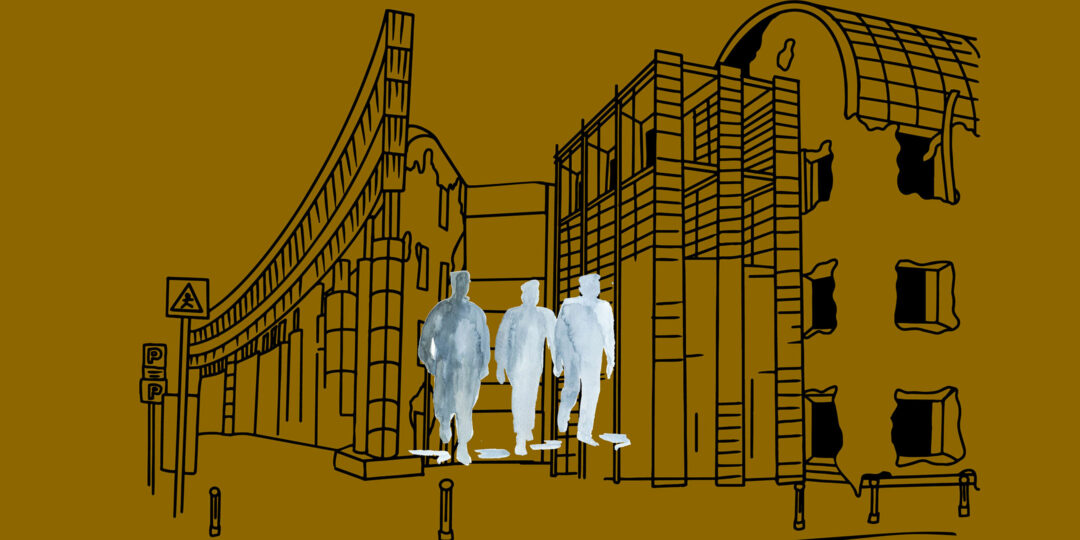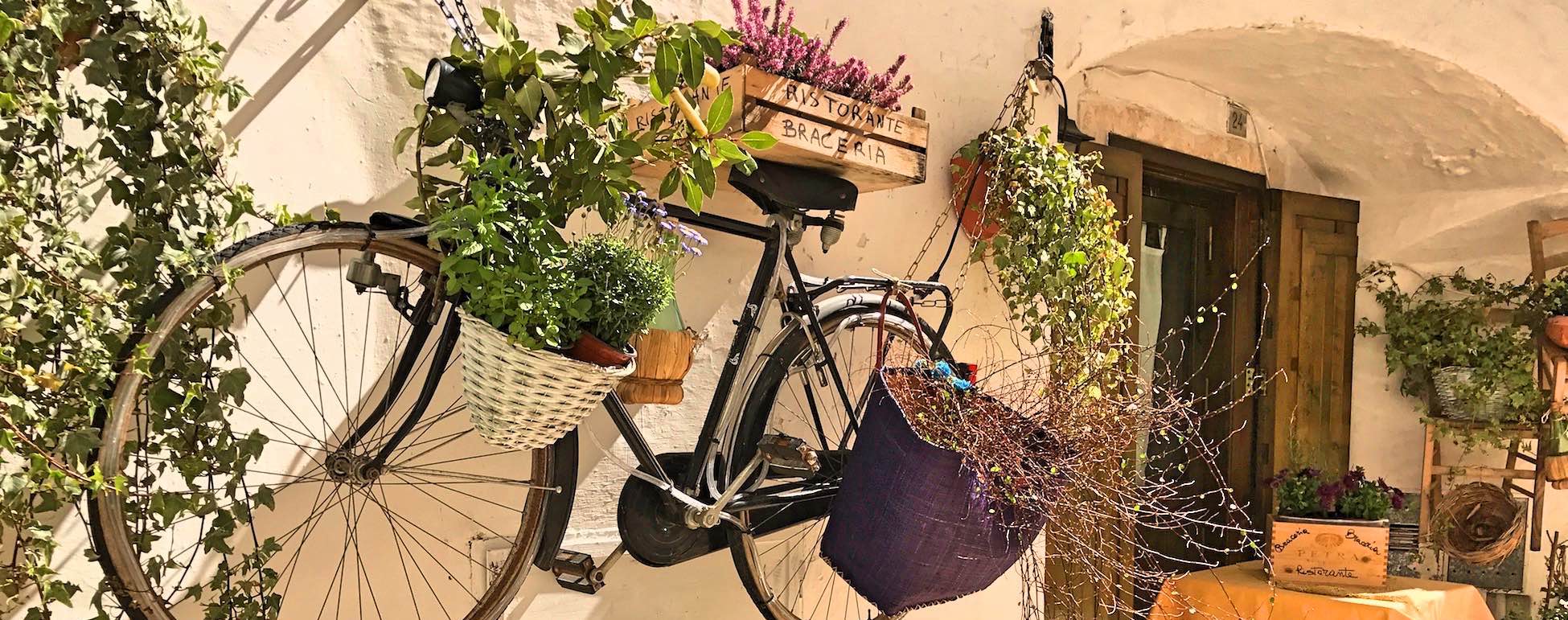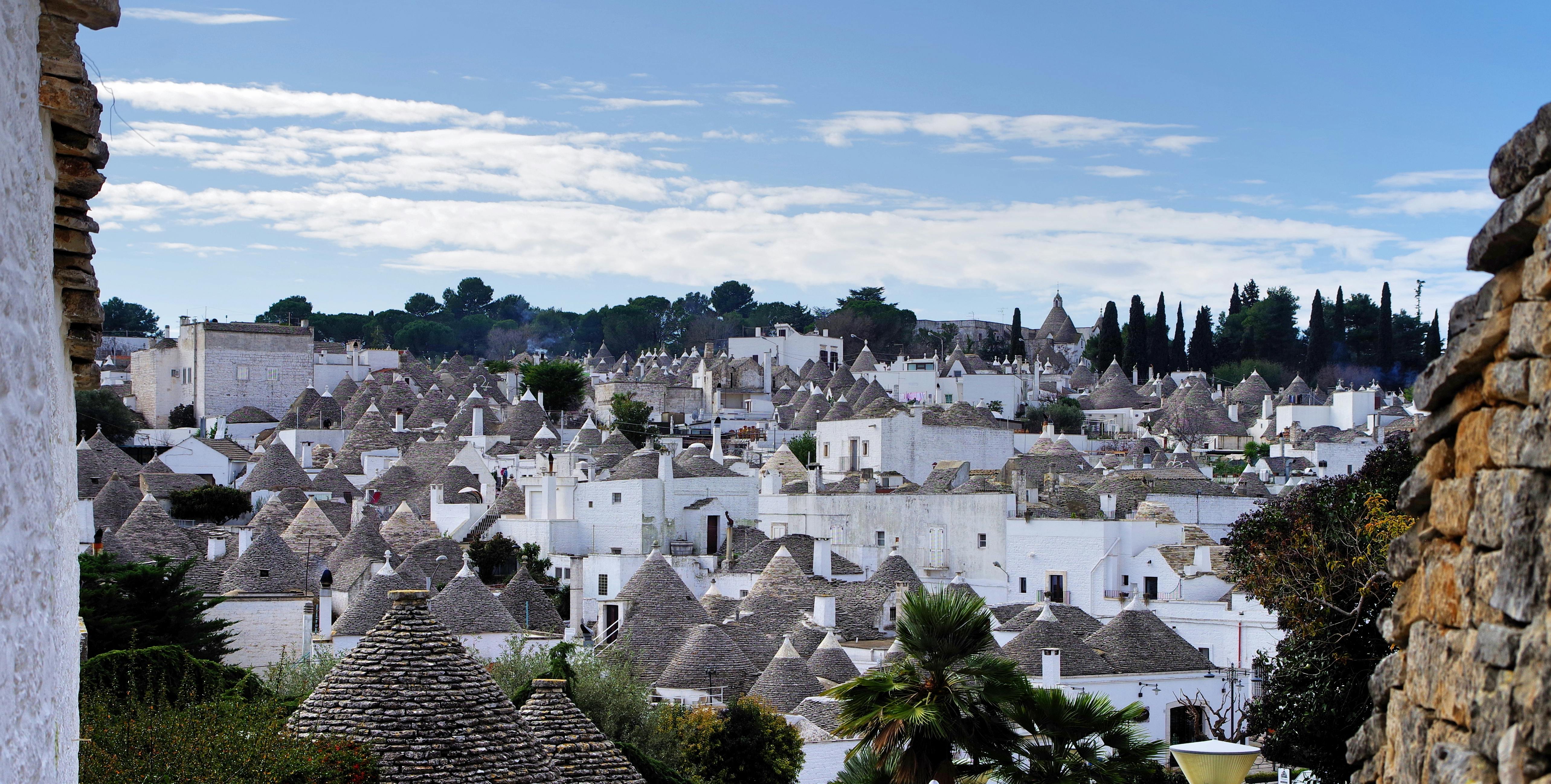I didn't know what I did for years had a name, but when I discovered it I felt like I was in great company!
During my university years, to get away from the frenzy of studying and exams, I closed the books, turned off the light and went out for a walk. I lived in a neighbourhood of Rome, San Giovanni, which allowed me to see the stratification of the various eras - from the long Via Appia near Porta San Sebastiano, to the Roman Baroque buildings in Piazza Tuscolo, up to the 70s buildings in the narrow streets of a little more peripheral – observing how man has built a city on top of another city over time. When I found Walkscapes by Francesco Careri in my hands, I went back to those university years. I liked walking aimlessly, "reading the city", to understand how, a thousand years before me, other men, walking and moving, exactly like me, transformed the city.

" Walking has always produced architecture and landscape" writes the author "and when architects or urban planners haven't done it, poets and philosophers have done it, always trying to see what isn't there, to make it emerge something". You walk and lines ( the roads) are formed and then spaces, which become places when you walk along them. Jackson wrote that “roads no longer just lead to places, they are places themselves.”
By walking, by moving in space, you build places and leave traces.
Primitive man himself moved out of necessity - for food, agriculture, sheep farming - and by moving he modified the landscape. The menhirs, for example, of which Salento like other parts of Europe is full, have always been studied in relation to why they were stuck in the earth - therefore in relation to the study of sun cults, fertility, rites of passage etc… - but almost never where they were placed. These large vertical monoliths were nothing other than the result of the first physical transformation of the landscape by man, who only needed to point out some guidelines - useful to him for pastoralism, nomadism, trade, hunting - and therefore they were nothing more than signals to be written on the territory, in space. Since Neolithic times, therefore, the spaces of being have intersected with the spaces of going , and our cities are like this too; nomadic spaces (empty) with sedentary spaces (full).
Hundreds of years later, poets and philosophers felt the need to walk around their cities seemingly aimlessly, as a form of aesthetic practice. According to Wikipedia, the word “flâneur” indicates" the gentleman who wanders through the city streets, feeling emotions while observing the landscape". How many times have we too, within a crowd of people, broken away at a certain point to observe life and the city from the outside in solitude? And that's what I understood I had done in Rome during my university years: the art of walking around the city, as an exercise of looking , of one's feelings in relation to the external environment.
“Flânerie is the art of getting lost and wandering aimlessly to open up to the surprise and wonder of encountering the outside world. It is a useless, unnecessary and purposeless act. But essential to leave room for something else"
More years pass and the art of walking as an aesthetic practice is taken up by Dadaism, however in a more irreverent form: on 14 April 1921 in Paris, "at three in the afternoon and under a torrential downpour, the season of urban excursions to places trivialities of the city". The city now appears banal, while movement and speed establish themselves as a new urban presence; the work no longer lies in the visit itself, but in the action. The journey, little by little, transforms into an experimentation with automatic writing of real space, a sort of rural and urban literary wandering that allows you to build three-dimensional mental maps of the landscape.
The wilderness that had animated poets, naturalists and philosophers such as Emerson and Thoreau, almost always set in large woods of North America, is translated into the cities, into these new anthropized spaces where man lives in a “wild, hybrid and ambiguous state. ”
Enjoy your reading and happy wandering.





